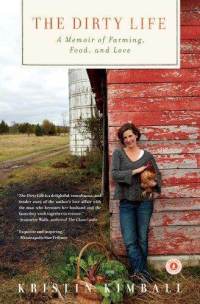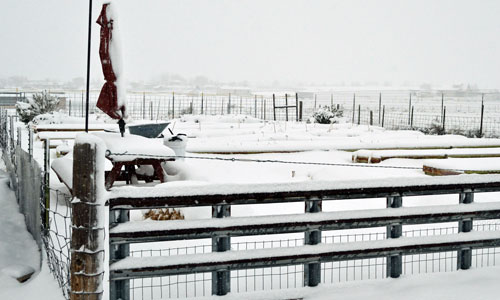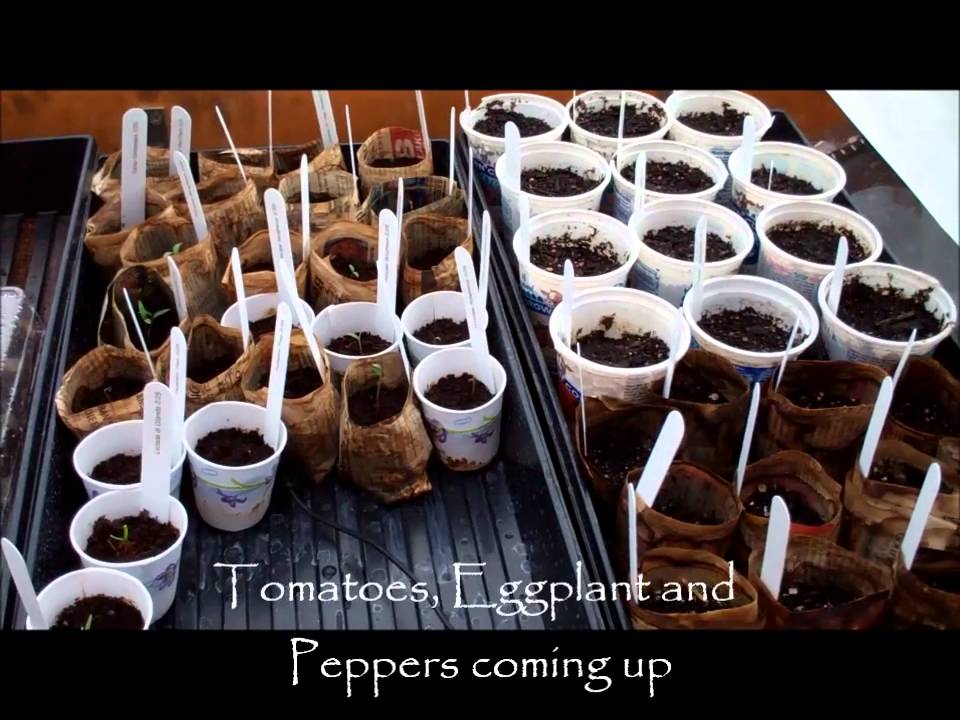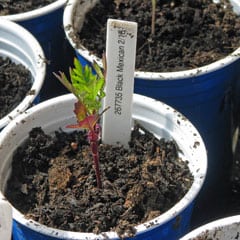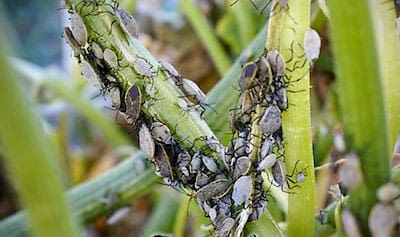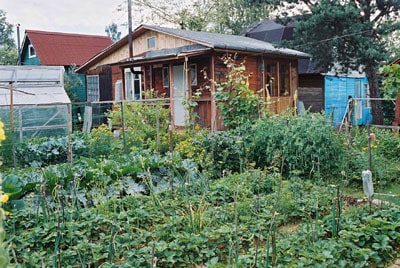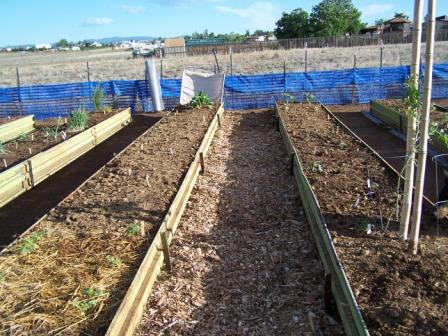One of the things that I most enjoyed about The Dirty Life is that it is a story about a real woman in today’s world. She begins as a savvy New York freelance writer, and winds up as a deeply devoted farm wife. This journey is not something that she consciously chooses in the beginning, but becomes something that takes hold of her and pulls her in an entirely new direction.
She is completely unprepared for her first meeting with the farmer who becomes her husband, but soon realizes that there are deeply rooted forces in her life that cannot be ignored. To her credit, she does not run away from a completely alien experience on her first meeting with Mark, her future husband. She believes that she is happy with her New York life, but soon realizes that the simple farm life offers a deep soul satisfying choice that is completely unmatched in the superficial, upwardly mobile city. This is not to say that the farm life is easier than trying to make a living in the city, as it is much more difficult physically and emotionally yet is in many ways more rewarding.
Kristin tells the story mainly from her point of view, yet offers insights into the conviction that drives her husband on the farm. She tells her story in a real, unglossy way that shows both the beauty and the heartache of farm life. The audacity of two young, somewhat inexperienced people in starting a farm that supplies all of the food for a small community of subscribers comes through clearly. Food is a focal point of the book; from the fresh, vibrant produce of the farm to the upscale cafes in New York.
Part of the core of this book is about chasing a dream and the joys and frustrations experienced in the chase. Another is a young woman’s journey into a deep relationship that she had hoped for but never expected to have. Yet another shows the daily challenges involved in growing our food. Watching the success happen only after much hard work is refreshing to see in today’s age of expected instant gratification.
This is an inspirational yet cautionary tale for anyone thinking of taking up farming as a profession. She clearly shows that success is very possible, but the work is hard, long and arduous. Watching her travel the path to the dedication needed to make both her marriage and the farm work is part of what keeps this book open and approachable.
A very enjoyable read, and one that’s worth going back to several times.

